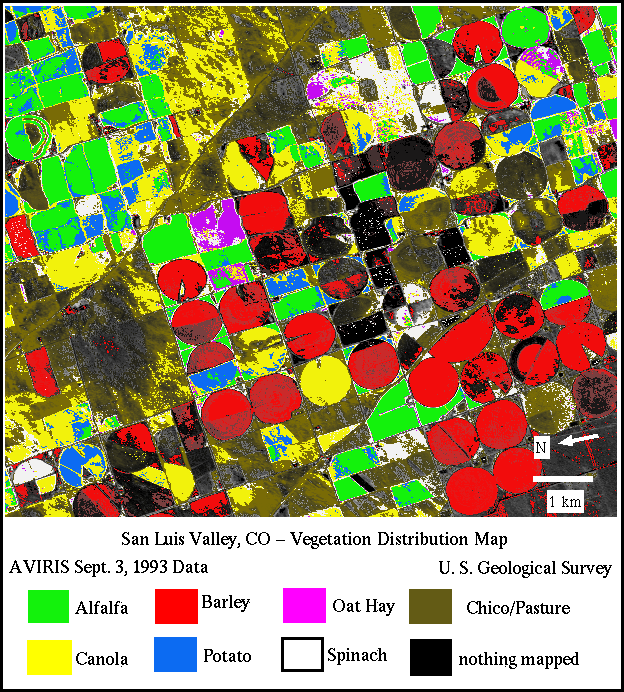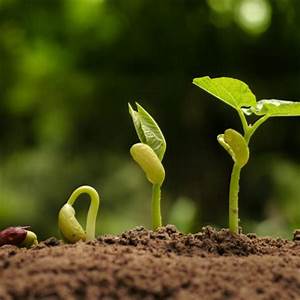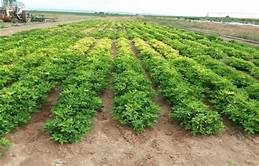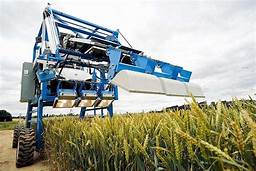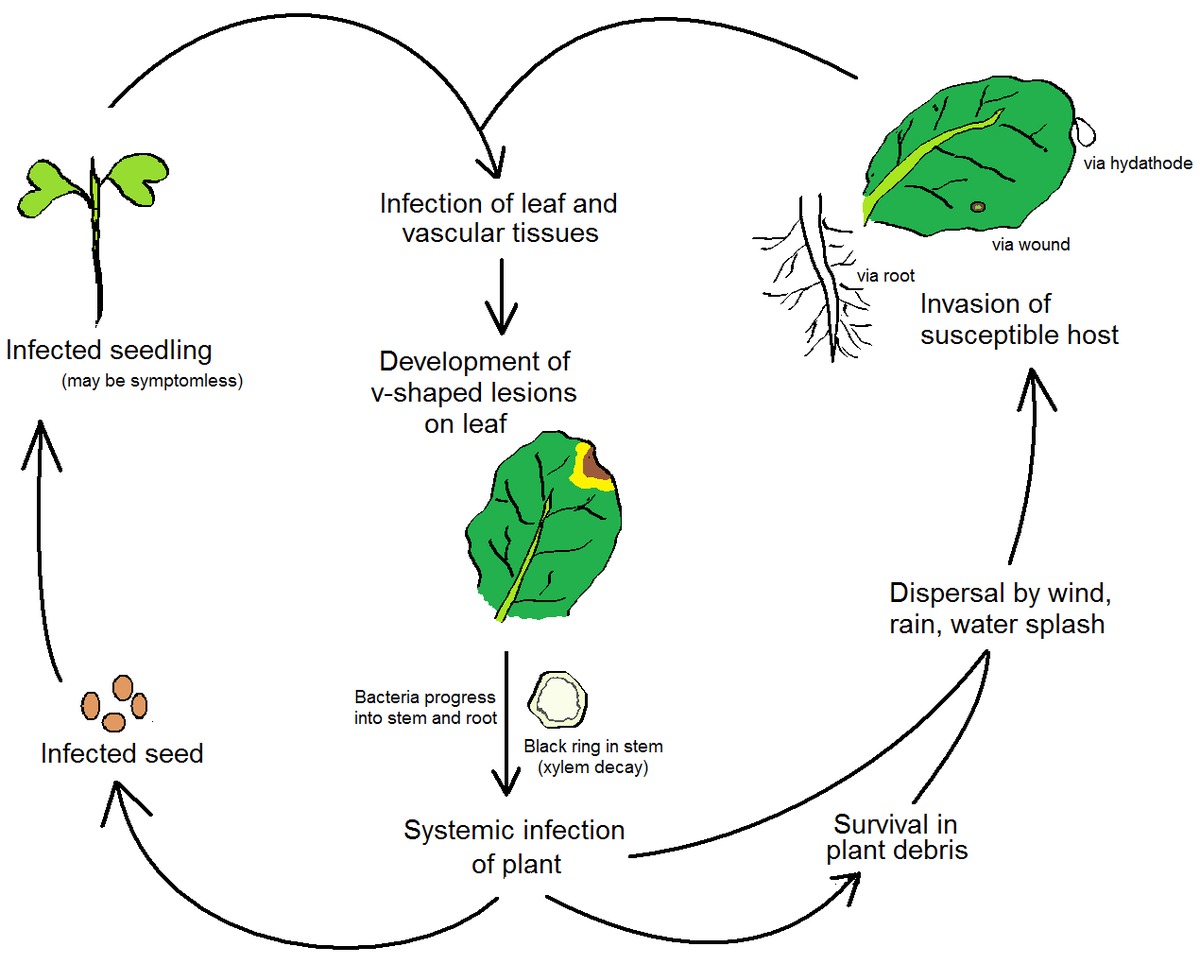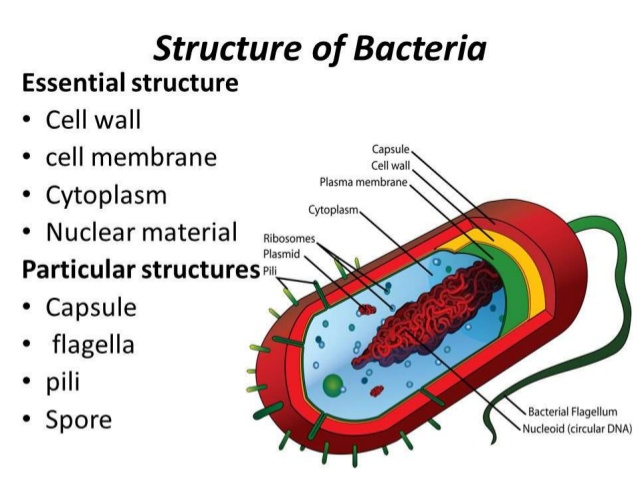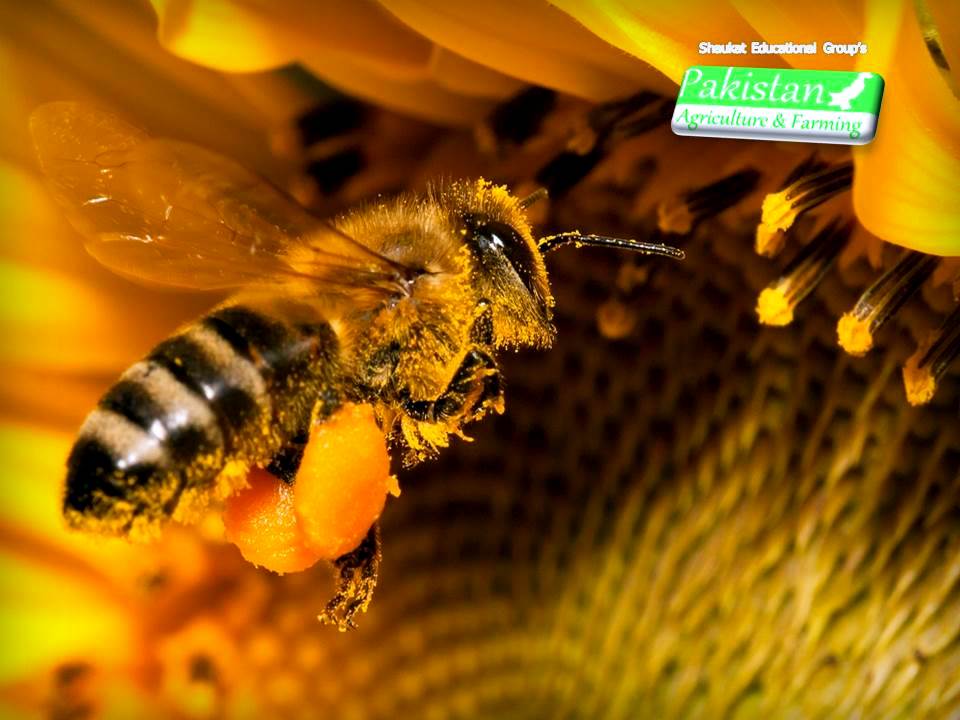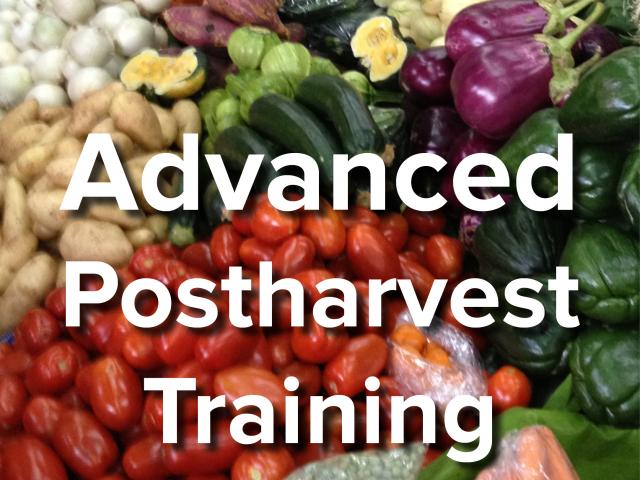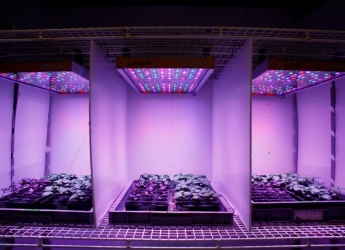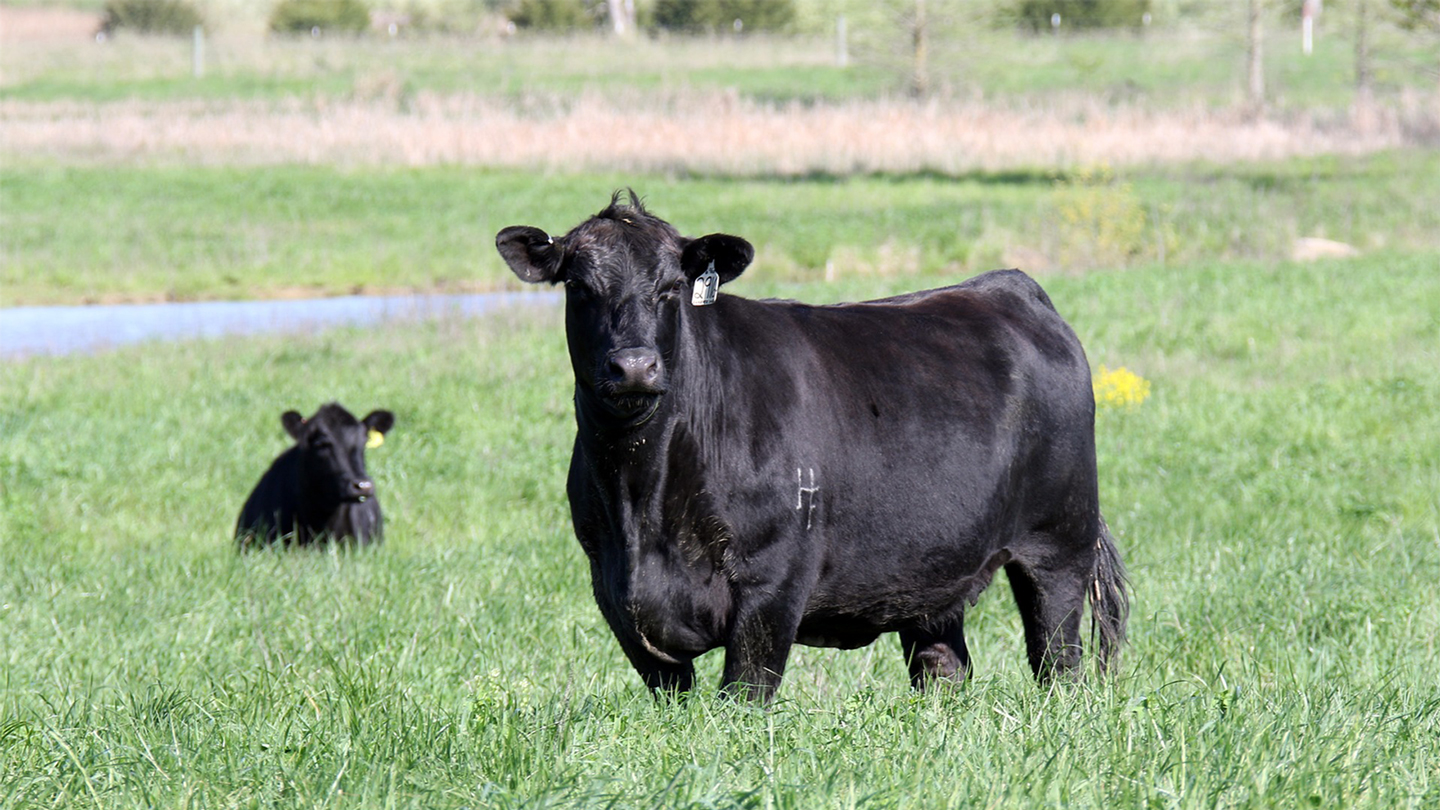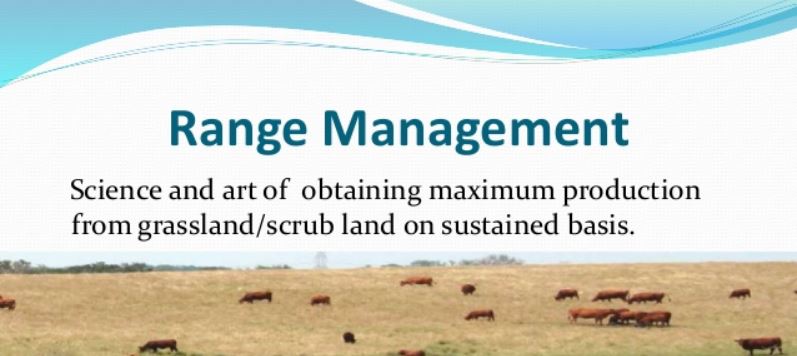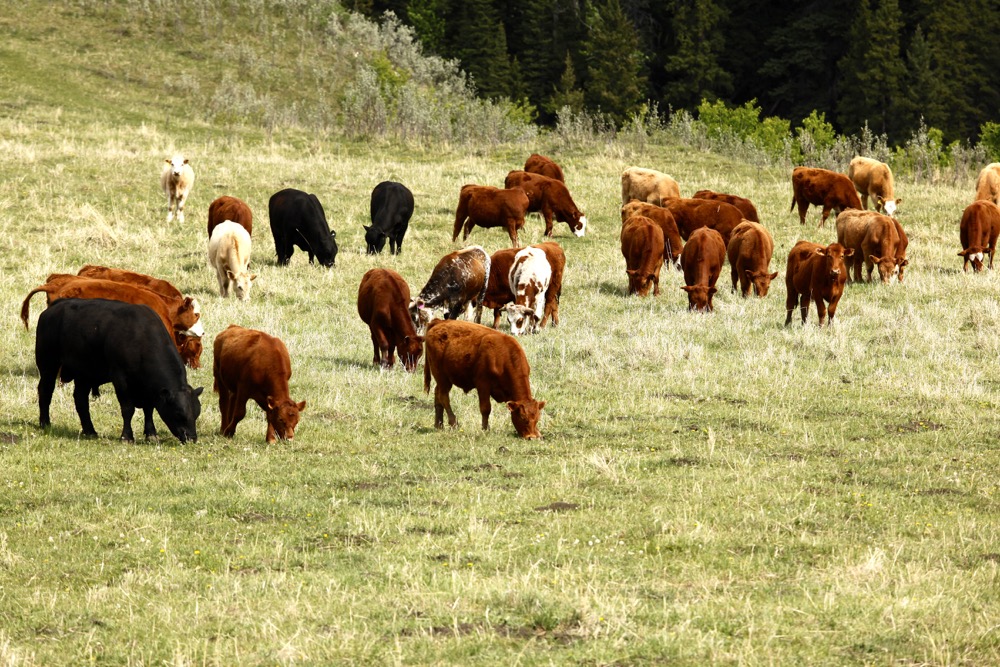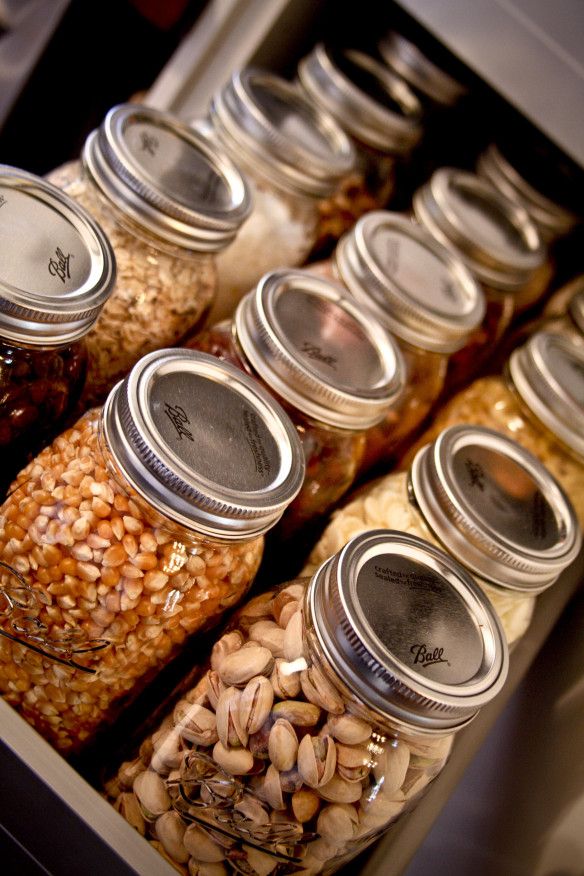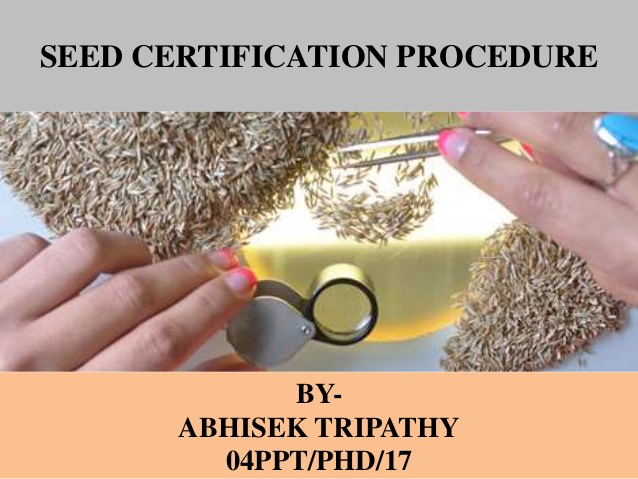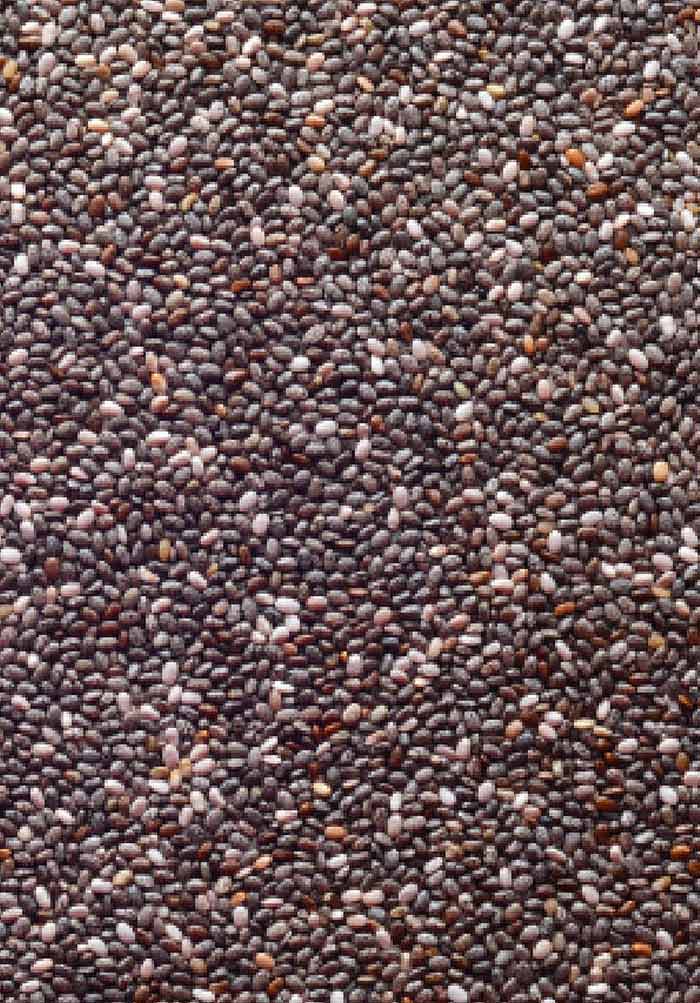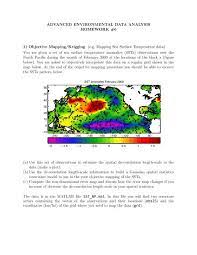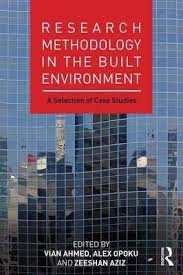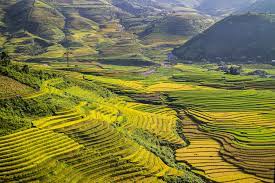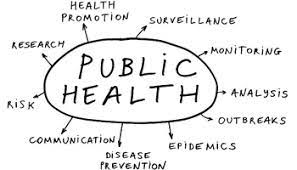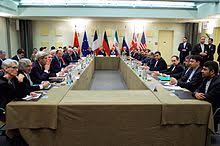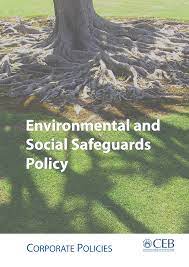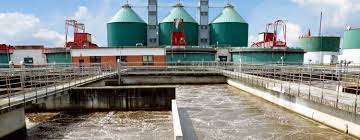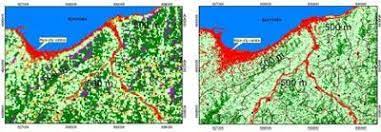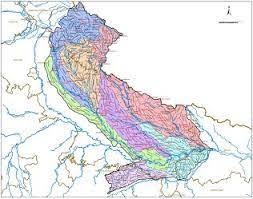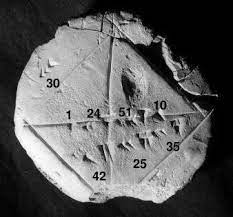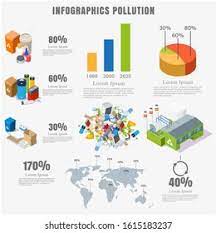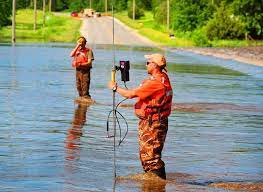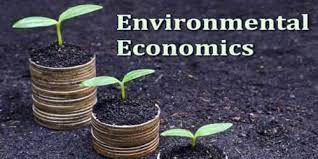Economically important traits and their interrelationships in genetic improvement for specific (poultry, cattle, sheep and goats and horses). Objectives of breeding, breeding plans, practical selection programmes for livestock species. Establishment of foundation stock.
Practicals must involve visits to breeding and livestock research enterprises.Available courses
Special study in an
identified area of animal science not treated in other courses. Recent advances
and new research techniques will be discussed. This should be arranged with
individual staff members prior to registration. Requires programme leader
approval. Supervised individual research projects. Written
reports required. The course will usually be taken in specific area of need so
identified as weak area of the student.
Current status of knowledge on the impact of
animal feed on food safety and on international trade of feed and food. Safety
assessment and detection of hazards in animal feed and feed ingredients related
to public health. Prevention and control of risks in animal feed associated
with public health. Identification of relevant areas for further work on animal
feed in relation to food safety.
Methods in Molecular
Nutrition Research, Perspectives in postgenomic nutrition research, Cellular
Nutrient Homeostasis, Proliferation, and Apoptosis, Roles for Nutrients in
Signal Transduction, Gene Expression, and Proteolysis, Glucose regulation of
gene expression in mammals, Amino acid-dependent
control of transcription in mammalian cells, Fatty acids and gene expression,
Roles of RARs and RXRs in mediating the molecular mechanism of action of
vitamin A, Regulation of gene expression by biotin, vitamin B6 and vitamin C,
Selenium and vitamin E
Classification and chemistry of vitamins and
minerals. Structural, biochemical and
other functions of vitamins and minerals
in metabolism and physiology of farm animals. Elucidation of practical deficiency symptoms of vitamins and minerals in farm animals. Interrelationships
between vitamins and minerals.
Common terminologies,
Outlines of Academic Integrity, ethics infrastructure, code of conduct, code of
ethics, Important issues in plagiarism Academic integrity committee, Research
ethics committee, data Management. Guideline about Science Research. Guideline
about academic writing and publishing. Guideline about academic integrity
breaches.
Metabolism of carbohydrates as it relates to
various livestock sepcies. Recent trends in carbohydrate and lipid research.
Special techniques for metabolic study relating to cabohydrates and lipids.
Control mechanism of CHO and lipid metabolism.
Introduction – sustainability and decision making
The three aspects of sustainability (environmental, social, economic). The importance of studying how the three aspects of sustainability are related and impact each other. Decision case studies and the importance of stakeholder roles. Decision making in complex situations, when different aspects of sustainability should be considered
Environmental sustainability: Animal husbandry and interactions with the environment and impacts on the atmospheric, aquatic and terrestrial environment. Technological opportunities for minimizing negative environmental impacts of animal activities. Natural resource and nutrient flows perspectives of international trade with fodder, animal derived food, live animals and other products related to the animal sector. Methods for assessing environmental impacts and sustainability of different animal production systems or uses, with a main focus on Life Cycle Assessment (LCA).
Social sustainability: Social sustainability in a historical perspective and the relation between animal related activities and social sustainability, Mapping: Determining contextually relevant dimensions of social sustainability such as material wellbeing, health, animal welfare, cultural vitality etc., Operationalization: Determination of the level of social sustainability of a given activity at farm, regional or national level, using relevant indicators.
Economic sustainability: Definitions of economic sustainability. The concepts of weak and strong sustainability. Differences between sustainability and economic optimization at farm versus societal levels. Measures to increase sustainability (regulatory and market-based). Economic methods to assess sustainability (marginal trade-off, profit maximization, non-market valuation, cost-benefit)
Advance structure of Animal cell, tissue culture
practice and techniques. Maturation of oocytes, oocytes fusion (in vitro),
cloning genetic engineering, embryo transfer (intra and inter specie), DNA
sequences, polymophism in genes, blood groups dynamics, Gene description,
genetic markers. Linkage, mapping and mapping distances. Single cell meiosis,
sex chromosomes and sex linkages
Basic concepts of research, Planning and organization of experiments for data acquisition and analysis. Type of research methods, experimental designs, equipment and principles underlying their uses. Scientific periodicals and literature related to the subject. Form and style of writing research papers, review articles, research reports and thesis. Selection of research problem and preparation and submission of research projects. Interpretation and evaluation of research data, considerations and requirements for setting up a research laboratory.
What is Sustainable Agriculture / Farming system?
Concept and themes of sustainable Agriculture:
Farming and Natural Resources; water, energy, air and soil
Plant Production Practices; selection of site, species and variety, diversity, soil management, Efficient use of inputs, concerns about practitioners' goals and choices.
Animal Production Practices; Management planning, animal selection, animal nutrition, reproduction livability of animals, pasture? Paddock, confinement of animals.
Economic, social and political considerations; food and agric policy, land use, consumers and food value chain.
Integrated farming/Integrated biosystems
Perspectives
Case studies of integrated farming systems
Practicals:
Students to be part of a model sustainable integrated livestock farming system for at least 2 weeks, then write a report of their observations criticisms and lessons learnt- Teacher: Gbolahan OLANIYAN
Feed resources and nutrient quality of ingredients for poultry feeding standards/NRC requirement vs requirements in tropics for all classes of and/specie of poultry. Methods for metabolic studies and determination of protein utilization and quality of proteins utilized by poultry. Importance of vitamins and minerals for poultry and associated deficiency symptoms.
- Definitions and general principles of Organic Livestock Nutrition
- Nutritional management standards in organic farm
- General principles of conversion from conventional to organic livestock nutrition
- Prospects and challenges of organic livestock nutrition
- Nutrition: feeding standards and characteristics of feed resources for organic farm animal
- Organic feed formulation and compounding, feed preservation and storage
- Housing: housing standards and materials, adaptation and ecosystem, perimeter fencing and predator control
- Organic livestock nutrition system and health management
- Manure and waste management composting, ensilage
- Management of mitigating environmental greenhouse gases in organic farming systems
Practicals:
Rendering of organic manure production from litters- Teacher: Gbolahan OLANIYAN
Animal cell and tissue culture, maturation of oocytes, in vitro oocytes fusion, cloning, species hybridization, inter-species embryo transfer and artificial insemination, DNA sequences, blood group analysis and genetic polymorphism, electrophoretic techniques, genes and genetic markers. Linkage mapping by recombination. Mapping and map distances, chi-square test, mitotic segregation and recombination, analysis of single meiosis, sex chromosomes and sex linkages. Extensive practical sessions on relevant sections to be carried out.
Practicals:
Artificial Insemination: Semen collection using AV, analysis, dilution, and preservation procedures [cryopreservation]. Insemination techniques in farm animals and poultry.- Teacher: Gbolahan OLANIYAN
1. Land and livestock resources
2. Characteristics of ruminant production systems
3. Classification of ruminant production systems
a. Traditional ruminant production systems
i. Pastoral and agro-pastoral systems
ii. Mixed system in the semi-arid, sub-humid and humid zones
b. Non-traditional production systems
i. Ranching systems
ii. Smallholder beef and dairy systems
iii. Production parameters of ruminant in non-traditional
systems- Beef and Dairy systems
iv. Feed resources in ruminant production systems
4. Ruminant production and climate change
Future impacts of climate change on the ruminant livestock
industry
5. Greenhouse gas emissions and their role in ruminant
production systems
Key features of livestock farming that relate to greenhouse
gas emissions
Dairy, Beef, Goats and Sheep sectors
6. Research measures to reduce net greenhouse gas emissions
and the potential for further adoption by the industry
Measures for reduction of greenhouse gas emissions, removals and measures that avoid or displace greenhouse gas emissions
Carbon sensitive farming
7. Organic ruminant production and climate change
Management-related differences in greenhouse gas emissions and differences in relation to farming system, such as organic versus conventional farming
8. Definitions of farming systems. Roles of legumes in crop-
livestock systems. Integration of pastures in plantation and annual crops intensive feed garden fodder bank. Enhancing dry season feeding in farming systems. Fast growing nitrogen fixing trees and browse plants. Pastures and animal production systems.
- Teacher: Gbolahan OLANIYAN
Conventional, alternative and new feed resources. Tropical feedstuffs type, availability and extent of utilization, feed microscopy, and feedstuff standardisation and quality assessment. Feedmill operation and design. General aspects of livestock feed formulation for various classes of livestock. Computer in feed formulation and least cost diets. Recycling of waste and their nutritional potentials.
Seminars: Two topics per student
Practicals: Feedmill operations.
- Common types of potentially problematic ingredients
- Livestock Feed Formulation
- Poultry Feed Compounding
- Identification and use of agro-industrial by-products
- Teacher: Gbolahan OLANIYAN
This course aimed at different poultry
production systems and the attendant effects of climate change on the
efficiency of production. Students are expected to understand the problems of
and opportunities available in systems of poultry production as well coordinate
livestock issues with other agricultural disciplines. Students will therefore
have a practical knowledge and appreciation of the contribution of poultry
production systems to the agricultural industry worldwide.
- Teacher: Gbolahan OLANIYAN
Animal welfare is an integral part of livestock production which is often underestimated especially in a developing economy like Africa which is experiencing a continuous changing climate like the rest of the globe. Animal ethics including the rules and regulations guiding the production of animals in Nigeria and Europe should be taught. This course will deal with issues bothering down on impact of changing climate on the behaviour and welfare of different species of animals in their ecological niche.
Animal law/Ethics
- Comparing rules and regulations guiding the production and handling of animals in Nigeria (Africa) and Europe
Global warming
- Climate change
- Sustainability and probable effect on production of animals
Seasonal changes and effect on the welfare of animals viz a viz the:
- Physical response of different species of animals
- Behavioural response of the animals
- Physiological response of different species of animals
- Nutritional adaptation of animals
- Reproductive capacity of different species of animals
- Hormonal balance
Controlling the environment, insulation and ventilation:
- Energy exchange with the environment
- Thermo-neutral zone
- Air flow
- Air distribution
- Diffused Systems
Freedom: Behaviour of Animals
- What is normal behaviour?
- Do animals have behavioural needs?
- How can behavioural needs be assessed?
- What is environmental enrichment?
- How can it be supplied?
- Does it always improve an animal’s welfare?
- Teacher: Gbolahan OLANIYAN
Some considerations in raising sheep and goats. Breeds of sheep and goats. Production records. Determining the age of sheep and goats. Housing and equipment, fences, plans etc. sheep and goat feeding. Functions of vitamins and minerals. Feeding the dry and lactating ewe/doe. Management practices. Managing the kids/lambs, doe/ewe, tethering, dehorning, hoof trimming, castration. Identification practices. Goat/sheep disease: internal parasites, brucellosis, mastitis, foot rot, mange, bloat, poisonous plants etc.
Feeding habits of small ruminants. Conventional and non-conventional feed resources for sheep and goats. Feed conservation and improvement techniques. Nutrient requirements of sheep and goats for various productive purposes. Feed production for small-holder small ruminant feeding in crop-livestock integrations. Recent advances in sheep and goat nutrition.- Teacher: Gbolahan OLANIYAN
Genetics and phenotype variations. Genetic basis
of qualitative traits, heritability and repeatability, correlation among
traits. Selection in long and short term. Cross breeding and selection for
crossing ability. Inbreeding depression and heterosis, genetic conservation.
- Teacher: Gbolahan OLANIYAN
Planning of experiments. Ways of increasing
accuracy of experiments. Regression and correlation. Mixed models, completely
randomized designs, randomized complete block, Latin squares, factorial
experiments, confounding variables, split plots designs. Lattice designs,
lattice squares, missing data, and analysis of results of a series of
experiments. Analysis of data arising from animal production/breeding. Use of
package programmes for analysis of data arising from animal experimentation.
- Teacher: Gbolahan OLANIYAN
Climate and livestock production. Influence of climatic factors on animal productivity. Acclimatization and adaptation. Physiological basis of adaptation, heat stress, physiological responses to heat stress; determination of heat stress index; modification of the microclimate to enhance animal productivity; management of exotic breeds in tropical environment.
Seminar: Four topics per student.
Practicals:
Factors of the environment that affect animal production processes and a description of the regulator mechanisms within the animals. Methods of monitoring these processes and practical methods of alleviating environmental stress in commercial farm animals.- Teacher: Gbolahan OLANIYAN
Information Systems- Analysis, Design, implementation, and management of a computer-based information system that support a wide spectrum of key policy and investment priorities for effective Agriculture. Agricultural Knowledge Management – Basic concept of Agricultural Knowledge & Knowledge Management system(KMS) life cycle, exploration of tacit knowledge creation and capture, codification of knowledge and implementing systems to make use of knowledge base, technical aspects of Knowledge Management in Agriculture – Business Intelligence and Data Analytics techniques – data mining, Knowledge-based/ Expert systems, Machine learning, fuzzy-logic, data visualization, content management systems and Web 2.0 technologies.
Laboratory Practical: Hands–on productivity software Applications- Word processing, Database, Spreadsheet, presentation & Graphics software, GIS mapping Software, OLAP (on-line Analytical Processing), use of statistical
packages e.g. SAS /SPSS, Matlab software tool boxes e.g. Bioinformatics, fuzzy-logic etc
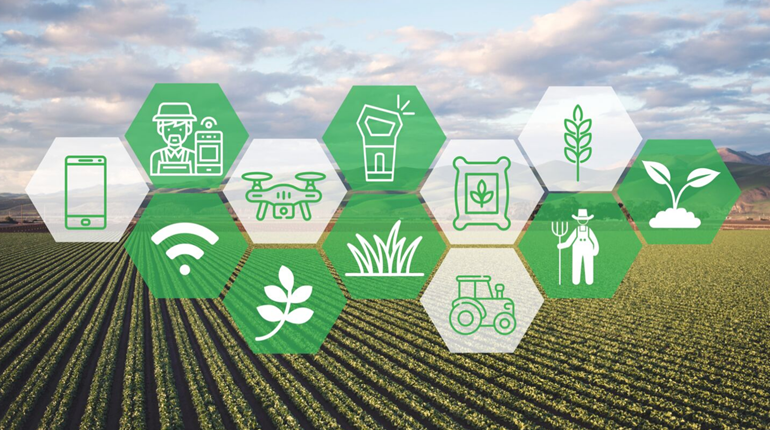
- Teacher: Prof. Olusegun Folorunso
The module is designed to be an upper-level in agricultural microeconomic theory to deepen student knowledge in topics such as consumer and producer theory, game theory, labor and capital markets, externalities, and public goods. The course is more algebra intensive than an introductory-level microeconomics courses.
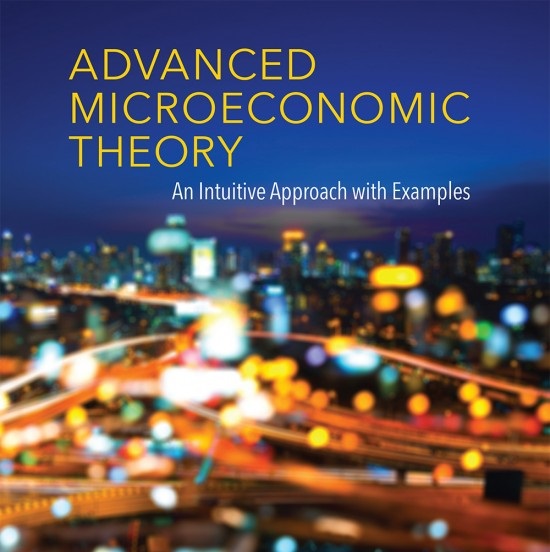
- Teacher: Prof. Olukayode Akinyemi
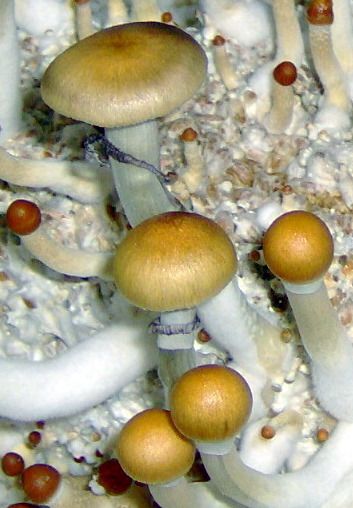
- Teacher: Gbolahan OLANIYAN
- Teacher: Gbolahan OLANIYAN
Glass transitions in frozen foods and biomaterials, Microbiology of frozen foods, Thermo-physical properties of frozen foods, freezing loads and Freezing time calculation, Innovations in freezing process. Freezing methods and equipment, Cold store design and maintenance, Transportation of frozen foods, Retail display equipment and management, Household refrigerators and freezers, Monitoring and control of the cold chain. Quality and safety of frozen dairy products. Quality and safety of frozen meat and meat product, Quality and safety of frozen
poultry and poultry products, Safety and quality of frozen fish, Shellfish, and related products, Quality and safety of frozen eggs and egg products. Chemical Measurements, Sensory analysis of frozen foods, Foodborne illnesses and detection of pathogenic microorganisms, Shelf-life prediction of frozen foods. Introduction to frozen food packaging, Plastic packaging of frozen foods, Paper and card packaging of frozen foods, packaging of frozen foods with other materials, Packaging machinery.- Teacher: Gbolahan OLANIYAN
Introduction to food - its nutritional, technological and safety
aspects. Introduction to Nigerian legal system, an overview of food regulations
in Nigeria. Food safety and standards act and role of NIS, SON, NAFDAC. Various
food plant inspection bodies and legislations. International Standards: Codex
Alimentarius: Structure of organization, standards related to Nigerian foods.
Introduction to food safety: definition, food safety issues, factors affecting
food safety, importance of safe foods. Shelf life of food products: factors
affecting shelf life and methods to check the shelf life. Good Hygienic
Practices (GHP), Good Manufacturing Practices (GMP), Food Safety Plan, Food
Safety Management Risk Analysis. Traceability, food product recall. Food safety
Management Systems: ISO 22000: Importance of implementing a HACCP system and
how it can be applied to various products, develop a HACCP plan including a HACCP
team, produce product workflow diagrams for a range of products and their verification
processes etc. Audits: Introduction, objectives, documentation,
responsibilities, management review, audit citification and its importance etc.
ISO 14000: Introduction, various standards among 14000 series, certification
and its importance, various clauses of 14001. ISO 17025 - General requirements
for the competence off testing and calibration laboratories. World Trade
Organization (WTO), Sanitary and Phytosanitary Measures and Technical Barriers
to Trade, Food and Agriculture Organization (FAO), World Health Organization (WHO),
World Animal Health Organization, International Plant Protection Convention (IPPC)
Export – Import of Food.
- Teacher: Gbolahan OLANIYAN
Meat: Handling, transportation and storage. Curing of meat: Curing ingredients and curing methods. Meat smoking: Purpose, production, deposition of smoke on meats, methods of smoking, liquid smoke preparation and its application. Meat cookery and cooked meat products. Meat cooking: Sausages, classification, fermented meat products, sausage formulations, casings, extruders & additives. Herbs, spices & condiments in processed meats. Types of cured &smoked meats. Reduced & low fat meat products. Canned meat formulations, restructured meat products, procedures, raw materials & formulations. Development of functional meat products. Cold storage, food freezing of meat. Quality control and sanitation. Sensory analysis of meat, New developments in decontaminating raw meat. Visits to the meat industries.
Practical: Local meat products and cookery: Beef stews, chili, sausages, meat balls with gravy, sliced dried beef, potted meat, smoked meat & other meat products, restructured meat products.- Teacher: Gbolahan OLANIYAN
Challenges of producing high quality food products
from environmentally friendly and efficient natural resources in Nigeria and
West Africa; Factors affecting choice of production methods; Application of new
milder methods resulting in efficient use of raw materials and enhancement of
product distribution; use of alternative ingredients for similar existing
products and its effect on better use of land, energy and water; evaluation of
existing and new processing technologies for optimal use of resources; use of
different instruments to evaluate and sustain process system design (from large
scale supply chain, factory level, down to product and unit operation level) on
efficient use of raw materials, energy, and water; use of Sankey diagrams to
visualize mass, water and energy balances over complex systems; fundamental
concepts of the quality of different stream (exergy) using Grassman diagrams.
- Teacher: Gbolahan OLANIYAN
Applications of statistical procedures in food processing, Descriptive statistics, Analysis of differences, Types of significance test, Association, correlation and regression and Experimental design. Sensory and consumer data: Introduction, The quality and nature of sensory and consumer data, Experimental design issues, Consumer data (sensory and survey), Trained panel sensory data, Analysis of relationships. Instrumental data: Introduction, Quality and nature of instrumental data, Sampling and replication, Experimental design issues, Statistical analysis of instrumental data, Chemical analysis applications, Analysis of relationships. Food product formulation: Introduction, Design application in food product development, Single ingredient effects, Two or more ingredients, Screening of many ingredients, Formulation by constraints. Statistical quality control: Introduction, Types of statistical quality control, Sampling procedures, Control charts, Acceptance sampling. Multivariate applications: Introduction, Multivariate methods and their characteristics, Multivariate modes, Relationship of consumer preference with sensory measures Principal component analysis, Chemometrics, Partial least square, Response surface methodology, Mixture design, Fractal analysis, Cluster analysis, ANN and Fuzzy logic
Practical: Applications of dimensionality reduction and discriminant function analysis, Nonparametric tests, Analysis of qualitative data, Analysis of data having random effects using Linear mixed effects models, Classification and prediction using artificial neural networks, Analysis of data with missing observations, Multiple linear regression analysis, Partial regression coefficients, Residuals and their applications in outlier detection, Study on robust parameter design and process robustness, Practice with Statistical Softwares.
- Teacher: Gbolahan OLANIYAN
- Teacher: Gbolahan OLANIYAN
Introduction - what are food additives, role of food additives in food processing, functions, classification, intentional and unintentional food additives, toxicology and safety evaluation of food additives, beneficial effects of food additives/toxic effects, food additives generally recognized as safe (GRAS), tolerance levels and toxic levels in foods-LD 50 values of food additives. Naturally occurring food additives, classification, role in food processing, health implications, food colors, natural and synthetic food colors, types, their chemical nature and their impact on health. Preservatives, what are preservatives, natural preservation, chemical preservatives, their chemical action on foods and human system, Antioxidants and chelating agents, their role in foods, types of antioxidants – natural and synthetic, chelating agents, their mode of action in foods with examples. Surface active agents, their mode of action in foods with examples, stabilizers and thickeners with examples and their role in food processing, bleaching and maturing agents, examples of bleaching agents, what is maturing, examples of maturing agents and their role in food processing. Starch modifiers, chemical nature, their role in food processing, buffers- acids and alkalis, examples, types, their role in food processing, Sweeteners, what are artificial sweeteners and non-nutritive sweeteners, their health implications, role in food processing Flavoring agents, natural and synthetic flavors, examples and their chemical nature, role of flavoring agents in food processing, Anti-caking agents, their role in food processing, Humectants- definition, their role in food processing.
- Teacher: Gbolahan OLANIYAN
Need for designing of experiments, characteristics of a good design. Basic principles of designs- randomization, replication and local control. Uniformity trials, size and shape of plots and blocks; Analysis of variance; Completely randomized design, randomized block design and Latin square design. Factorial experiments, (symmetrical as well as asymmetrical). orthogonality and partitioning of degrees of freedom, Confounding in symmetrical factorial experiments, Factorial
experiments with control treatment. Split plot and strip plot designs; Analysis of covariance and missing plot techniques in randomized block and Latin square designs; Transformations, crossover designs, balanced incomplete block design, resolvable designs and their applications ~ Lattice design, alpha design - concepts, randomization procedure, analysis and interpretation of results. Response surfaces. Experiments with mixtures.
- Teacher: Gbolahan OLANIYAN
- Teacher: Gbolahan OLANIYAN
Status of current packaging in Nigeria and West Africa; types of packaging materials; criteria for selection of proper packaging; testing of packaging materials. Adhesives; graphics; coding, and labeling used in food packaging. Protective packaging of foods; packaging of food products sensitive to oxygen, light, moisture; active packaging; special problems in canned foods. Packaging of dairy products; packaging of convenience foods, packaging of meat and poultry: packaging of fish and other sea foods. Modified atmosphere packaging, controlled atmosphere packaging, shrink and stretch Packaging. Retort pouch technology, microwavable, biodegradable, and edible packages. Industrial packaging: unitizing, palletizing, containerizing, distribution systems for packaged foods including prevention of shock damage to articles during transportation Safety aspects of packaging materials; sources of toxic materials and migration of toxins into food materials.
Practical: Testing of packaging materials for quality assurance such as determination of thickness, GSM, grease resistance, bursting strength, tearing resistance, water vapour transmission, puncture resistance; estimation of shelf life of meat and poultry products; packaging of powdered poultry and meat products, vacuum packaging of dairy products. Visit to relevant packaging industries
- Teacher: Gbolahan OLANIYAN
Emerging technology in food processing- Active and intelligent packaging, membrane technology, high pressure processing, pulsed electric field intensity, Ultra sound. Supercritical fluid extraction: Concept, property of near critical fluids. Application of SCFE in food processing. Microwave and radio frequency, IR drying: Definition, Advantages, mechanism of heat generation, inductive heating in food processing and preservation. Application in food processing: microwave blanching, sterilization and finish drying. Hurdle technology: Types of preservation techniques and their principles, concept of hurdle technology and its application.
High Pressure processing: Types of equipment, mechanism of microbial inactivation. Effect of HPP on meat products, jam. Ultrasonic processing: Properties of ultrasonic, types of equipment, effect of ultrasonic treatment on microbial inactivation of food products etc. High intensity light generation system, Application of high intensity light in food processing, Pulse electric field-mechanism of inactivation, PEF generation system, PEF treatment chambers, Mechanism of ohmic heating and its application in liquid food processing, Principle of cold plasma technology and its generation systems and its application. Nanotechnology: Principles and its applications in foods.
Practical: evaluate the characteristics of treated water using RO system, study microwave system and to evaluate the effect of different power on drying characteristics of selected food product, study microwave blanching of food materials and determination of blanching efficacy, visit food industries utilizing advance food processing techniques
- Teacher: Gbolahan OLANIYAN
Principles of process design including material and energy balance, flow
sheeting, utilities systems, equipment specification and materials selection.
Technical and economic aspects of plant design. Optimization of process and
plant design. Students are required to undertake an independent investigation
of a food processing system.
- Teacher: Gbolahan OLANIYAN
Raw material source – implications in food processing. Raw material needs of different sectors of the food industry. Developments in local sourcing of raw materials in Nigeria’s food industry. Raw materials alternatives.
- Teacher: Gbolahan OLANIYAN
Management peculiarities of food industries. Marketing concept and marketing mix. Food business law. Preparation of feasibility studies for food – based industries. Business analysis, financial and cost analyses, technology selection, marketing analysis, product management, food safety and regulation, waste management in food industries, proposal preparation, general management and project management, management of information system. The Evolution of E-Commerce in the Retail Industry, Behind the Web Store: The Challenges of Infrastructure and Fulfilment, Constructing the Web Store and Consumer behaviour. The evolving role of mobile and social commerce. Understand how digital technologies have shaped the evolution of contemporary marketing, Describe the major waves of digital technology and their contributions to practice 3. Recognise the major techniques and actual systems used in integrated e-marketing.
Practical time are spent at the University’s incubation centers under the supervision of Centre of Entrepreneurship studies.
- Teacher: Gbolahan OLANIYAN
This course will be taken at WAMCO Friesland Plc, Ibadan, Nigeria.
Status of dairy industry in Nigeria and West Africa. Pasteurization, Homogenization and Standardization of milk, manufacture of condensed milk, milk powder, cheese, ice-cream, cream, butter, ghee, Lactone, malted and flavoured beverages, lactose, evaporated and dried products, their evaluation and quality parameters, defects encountered during production, packaging and storage. Substitutes for milk and milk products. Casein and caseinates, lactose, whey protein concentrates and isolates, milk co-precipitates, and other by-products. Technology of baby foods, weaning foods, therapeutic foods. Fortification and enrichment. Probiotic milk product. Lactose free Milk Products, TQM in Food Industry. Technology of milk and dairy products.
- Teacher: Gbolahan OLANIYAN
Waste generation in the food industry; Classification of waste from food industry-fruits and vegetable processing; baking industry; grain processing industry; snack food industry; meat processing abattoir; BOD and Technologies for separation of Waste-Physical, chemical and advance technologies. Physical- screening; sedimentation; flotation; centrifugation; filtration; adsorption; hydro-cyclones etc. Chemical- precipitation; coagulation etc. Advanced Processes- reverse osmosis, ion-exchange; electro-coagulation; ultrafiltration; electro-dialysis; supercritical fluid extraction. Process optimization to minimize water use in food processing. Super critical extraction and other technologies for extraction of high-value food processing co-products. Membrane and filtration technologies and the separation and recovery of food processing waste.
- Teacher: Gbolahan OLANIYAN
Present status of traditional food products in Nigeria and West Africa; Globalization of traditional food products; Plans and policies of the Government and developmental agencies. Overview of heat-desiccated, coagulated, fried, fermented traditional food products from Animals especially poultry. Process technology for common Nigerian products, Process technology for Nigerian fried foods; Process technology for fermented traditional food and its improvement; Process technology for convenience traditional food products (ready to eat and serve); Use of natural and permitted synthetic preservatives and new packaging systems for traditional food products; Techno-economic aspects for establishing commercial units for traditional products
- Teacher: Gbolahan OLANIYAN
Introduction to sensory analysis; general testing conditions, Organizing sensory evaluation program, Development of sensory testing, human subjects as instruments (test design, instrumentation, interpretation of results). Sensory attributes of food products, Human senses (sense of vision, sense of touch, olfactory sense, sense of taste, sense of hearing). Sample preparation, supplies and equipment, materials, preparation procedure, sample preparation, order, coding, number of samples, product sampling. Panelist control, Panel training orientation, Factors affecting sensory verdicts, physiological factors, psychological factors, poor physical condition. Different tests for sensory evaluation, Difference (Qualitative test: Paired comparison, Duo-Trio, Triangle test). Rating (Quantitative: Ranking, single, two and multiple sample, hedonic, Numerical scoring, composite), Sensitivity (Threshold, dilution). Applications and Advances in Electronic-Nose Technologies, Aroma Types and Characteristics, Conceptual Development of the Electronic Nose and instrumentation, Data Analysis for Electronic Noses, E nose applications. Computer-aided sensory evaluation of food & beverage, statistical analysis of sensory data.
Practical: Selection and training of sensory panel, detection and threshold tests, study of paired comparison test, study of duo-trio test, ranking tests for taste, aroma colour and texture, study of hedonic rating test, sensory evaluation of various food products using hedonic scales, Objective estimation of color and texture, subjective estimation of colour and texture, study of single and two sample tests as well as statistical analysis
- Teacher: Gbolahan OLANIYAN
Food Packaging terminologies and definition. Functions of food packaging, Packaging environment. Selection of packaging materials based on food characteristics. Different packaging materials and their properties: Glass, Paper and paper board, Corrugated fibre board (CFB), Metal containers: Tin Plate and Aluminum, Composite containers, Collapsible tubes, Plastic Films, Laminations, Metalized films, Co extruded films. Testing of packaging material. Methods and systems of packaging such as Vacuum Packaging, controlled atmospheric packaging, Modified atmospheric packaging, Aseptic Packaging, Retort processing, Microwave packaging, Active Packaging, intelligent packaging, ecofriendly Edible packaging, Shrink and stretch packaging. Packaging of fresh and processed foods: Packaging of meat, Poultry and sea foods, Dairy Products, Packaging Design & Environmental Issues in Packaging: Food marketing and role of packaging- bar coding, Migration in food packaging. Regulations for packaging and food labeling.
Practical: Determination of WVTR and GTR in different packaging materials, Application of anti-microbial packaging for moisture sensitive foods, Application of MAP packaging in selected foods, Study of time temperature indicators, Determination of oxidative changes in packaged foods, Comparative evaluation of flexible and rigid packages for fragile foods, Packaging of foods under inert atmosphere, study textural characteristics of selected food materials under MAP storage, Shelf life evaluation of packaged food product. Visit to food packaging material manufacturing industry
- Teacher: Gbolahan OLANIYAN
- Teacher: Gbolahan OLANIYAN
- Teacher: Gbolahan OLANIYAN
Food law, its philosophy and development. Food standards, codes to practice and
statutory regulations. Food export and
regulations. Legislations on food additives. Toxic substances in food. Detoxification of food and avoidance of
contamination. Legislation on pesticide
application to food raw materials and products. Food, Nutrition and Economic
development. Conceptual framework for
food policy development. Food and
Nutritional situation appraisal. Policy
formulation and implementation.
Organization and coordination, monitoring and evaluation of food and
nutrition policy. Review of Agricultural
Policy in Nigeria.
- Teacher: Gbolahan OLANIYAN
Introduction, Food Regulations and Standards - Sampling methods - Sample
preparation for analysis; Official Methods of Food Analysis. Moisture in foods
- determination by different methods – determination of ash content of foods, determination
of dietary fiber and crude fiber. Determination of Total fat in foods by
different methods; Analysis of oils and fats for physical and chemical
parameters, Quality standards, and adulterants; different methods of
determination of protein and amino acids in foods; determination of total
carbohydrates, starch, disaccharides and simple sugars in foods. Basic
Principles- Spectrophotometric analysis of food additives and food Components
-IR Spectroscopy in online determination of components in foods; AAS and
ICP-AES in mineral elements and toxic metals analysis; Chromatographic
Techniques- Basic principles and types of: Paper chromatography, thin layer
chromatography, column chromatography, Ion exchange chromatography, HPTLC,
HPLC, UHPLC, GC, GC-MS, Types of detectors, Uses and applications of
chromatographic techniques.
- Teacher: Gbolahan OLANIYAN
Research Methodology: Meaning, objectives and types of research, research approaches, Significance of research, Research and scientific methods, research process and criteria of good research definition and identification of a research problem – Selection of research problem, Justification, theory, hypothesis, basic assumptions, limitations and delimitations of the problem. Study of relationship between variables – correlation: Simple, Partial, Multiple Correlation (three variables); Regression – Simple, Multiple (three Variables). Measures of association – Chi square test for goodness of fit & contingency table. Basic concept of hypothesis testing - Type I and type II errors. Tests based on Means & Proportions on Normal. Two-way analysis of variance (RBD), LSD, - Multiple comparison tests, t test for independent samples, paired samples, F test two sample variances: One-way ANOVA, two-way ANOVA, Correlation & Regression (three variables). Framing Proposal for acquiring grants: The question to be addressed – Rationale and importance of the question being addressed – Empirical and theoretical framework – Presenting pilot study / data or background information - Research proposal and time frame – Specificity of methodology – Organization of different phases of study – Expected outcome of study and its implications – Budgeting - Available infra-structure and resources - Executive summary.
- Teacher: Gbolahan OLANIYAN
This course will be taken at TUNS Farms, Osogbo, Nigeria and Obasanjo Farms, Ota, Ogun, Nigeria.
Meat industries in Nigeria and West Africa, slaughtering technique of animal and slaughtering practices, meat cuts and portions of meat. Post mortem changes in meat (Rigor Mortis), colour of meat. Meat processing-smoking and curing, prepared meat products including fermented meats, sausages, bacon. Frozen meat and meat storage, Packaging of meat products. Meat microbiology and safety, Meat plant hygiene – GMP and HACCP, By-products from meat industries and their utilization. Processing of poultry meat and eggs. Spoilage and control. By-product utilization, Value Added Products (Frozen chicken, dehydrated powders, Salami, Sausages). Egg Types and composition, quality check and grading of eggs, value added products (Frozen eggs, canned egg whites/yolks, pasteurized egg products, dried eggs, pickled eggs)
- Teacher: Gbolahan OLANIYAN
Basic concept of experimentation: experimental variables and statistical procedure, data description, random variable and some distributions. Sampling distribution concept. Principles of experimental design. Analysis of variance, single factor experimental design, multifactorial designs, Fractional Factorial Design, Nested Design and Response Surface Methodology (RSM). Process optimization and control limits. The course will emphasize design concepts and the presentation of results. Application of different rheological models to food products from different sources with case studies, concept of Food structuring in the development of complex food products and quantitative prediction of quality parameters of developed food products using existing models
Practical: Design and development of new or improved products from a consumer perspective. Modeling of new product concepts or processes and predicting food quality attributes in a quantitative way. Structuring of new food materials using locally available raw materials based on consumer’s perspectives.
- Teacher: Gbolahan OLANIYAN
History and development of Microbiology-Importance and significance of microorganisms in Food Science. Factors affecting the growth of micro-organisms in food – Intrinsic and Extrinsic parameters. Determination of microorganisms and their products in food: Sampling, sample collection, transport and storage, sample preparation for analysis. Microscopic and culture dependent methods- Direct microscopic observation, culture, enumeration and isolation methods; Food spoilage: characteristic features, dynamics and significance of spoilage of different groups of foods - meat poultry and sea foods, milk and milk products, packed and canned foods. Food borne diseases: Bacterial food borne diseases (Staphylococcal intoxification, Botulism, Salmonellosis, Shigellosis, Enteropathogenic Escherichia Coli Diarrhoea,Clostridium Perfringens gastroenteritis, Bacillus cereus Gastroenteritics) Food Borne Viral Pathogens (Norwalk virus, Norovirus, Reovirus, Rotavirus, Astrovirus, Adenovirus, Parvovirus, Hepatitis A Virus) Food Borne Animal Parasites Protozoa –Giardiasis, Amebiasis, Toxoplasmosis, Sarcocystosis, Crypotosporiodiosis. Cysticercosis/Taeniasis. Roundworm – Trichinosis, Anisakiasis. Mycotoxins: Aflatoxicosis, Deoxyni valenol Mycotoxicosis, Ergotism. Drug resistance - phenomena and mechanism. Indicators of water and food safety and quality: Microbiological criteria of foods and their Significance. The HACCP and ISO systems for food safety.
Practical: Preparation of common laboratory and special media, staining: Gram’s staining methods, acid-fast, spore, capsule and flagellar staining, Motility of bacteria, Staining of yeast and molds, Identification of important molds and yeast. Microbiology of milk, meat and egg, Microbiology of water, Microbiology of hand and effect of sanitation on the hand microbiology in a small food joint, Microbiological analysis of typical processed food. Microbiological analysis of some common traditional unprocessed food
- Teacher: Gbolahan OLANIYAN
Physical and Chemical Properties of Water-Structure; principles, measurement, control, effects of water activity; physical properties of proteins in relation to protein structure, analytical methods (brief overview), basic properties: hydration, ionization, colloidal behavior, functional properties, effects of food processing on chemical, functional & nutritional properties of proteins, Factors affecting reaction rate of enzymes, characteristics of enzymatic and non-enzymatic reactions, deleterious enzymes in food systems: phenoloxidase example, reactions catalyzed by enzyme, non-enzymatic formation of melanin, chemical, nutritional and physical properties of lipids, processing of fats and oils, Physical, chemical and nutritional properties of simple and complex sugars; notable reactions and effects of processing on such properties
Practical: Water activity and moisture isotherm, emulsions and foaming properties of proteins, maillard Reaction, qualitative test for protein, quantitative estimation of protein by biuret method, factors affecting protein quality, Fehling’s test for reducing sugars, Microscopic examination of starch, Starch Gels, Viscosity curves of starch pastes, Lipids: Solubility, specific gravity and refractive index of fats, water absorption and plasticity of fats, Oxidative rancidity
- Teacher: Gbolahan OLANIYAN
Processing and preservation of Food by heat, newer methods of thermal processing – batch and continuous. Processing and preservation by low temperature. Food irradiation, history and mechanism, the electro-magnetic spectrum, forms of radiant energy. Processing and preservation by drying, concentration and evaporation. Physical and chemical changes during drying, control of chemical changes, desirable and undesirable changes. Food Concentration- methods of food concentration, freeze concentration, Ultra-filtration, reverse osmosis. Processing and preservation by non-thermal methods. GRAS and legal aspects for gamma irradiation. Permissible limits for chemical preservatives. Use and application of enzymes and microorganism in processing and preservation of foods; food fermentations, pickling, smoking; Food additives; Definition, types and functions, permissible limits and safety aspects. Chemical Preservatives- type I and type II.
Practical: Blanching and browning control in Foods; dehydration of food products such as meat, egg and milk; application of freeze concentration and reverse osmosis; use of approved preservatives to preserve traditional food materials based on GRAS; preparation and standardization of traditional Nigerian fermented and smoked foods.
- Teacher: Gbolahan OLANIYAN
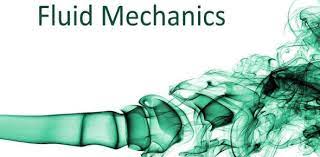
- Teacher: Gbolahan OLANIYAN
- Teacher: Gbolahan OLANIYAN
Students shall write report and present seminar on topical issues related to agricultural Mechanization and sustainable environment.
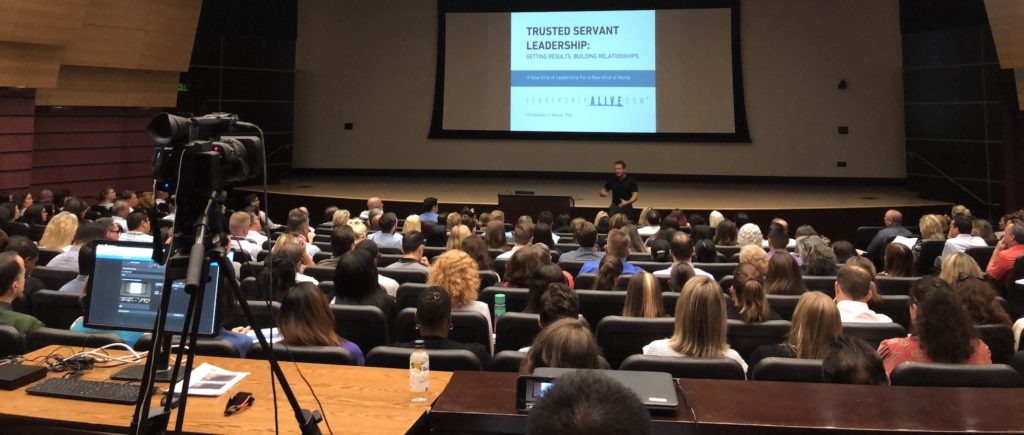
- Teacher: Gbolahan OLANIYAN
Scientific communication. Scientific illustrations. Project planning and experimental design. Data management and interpretation. Applications of statistical analysis in evaluation of research results. Preparation and presentation of scientific reports in the field of Engineering.
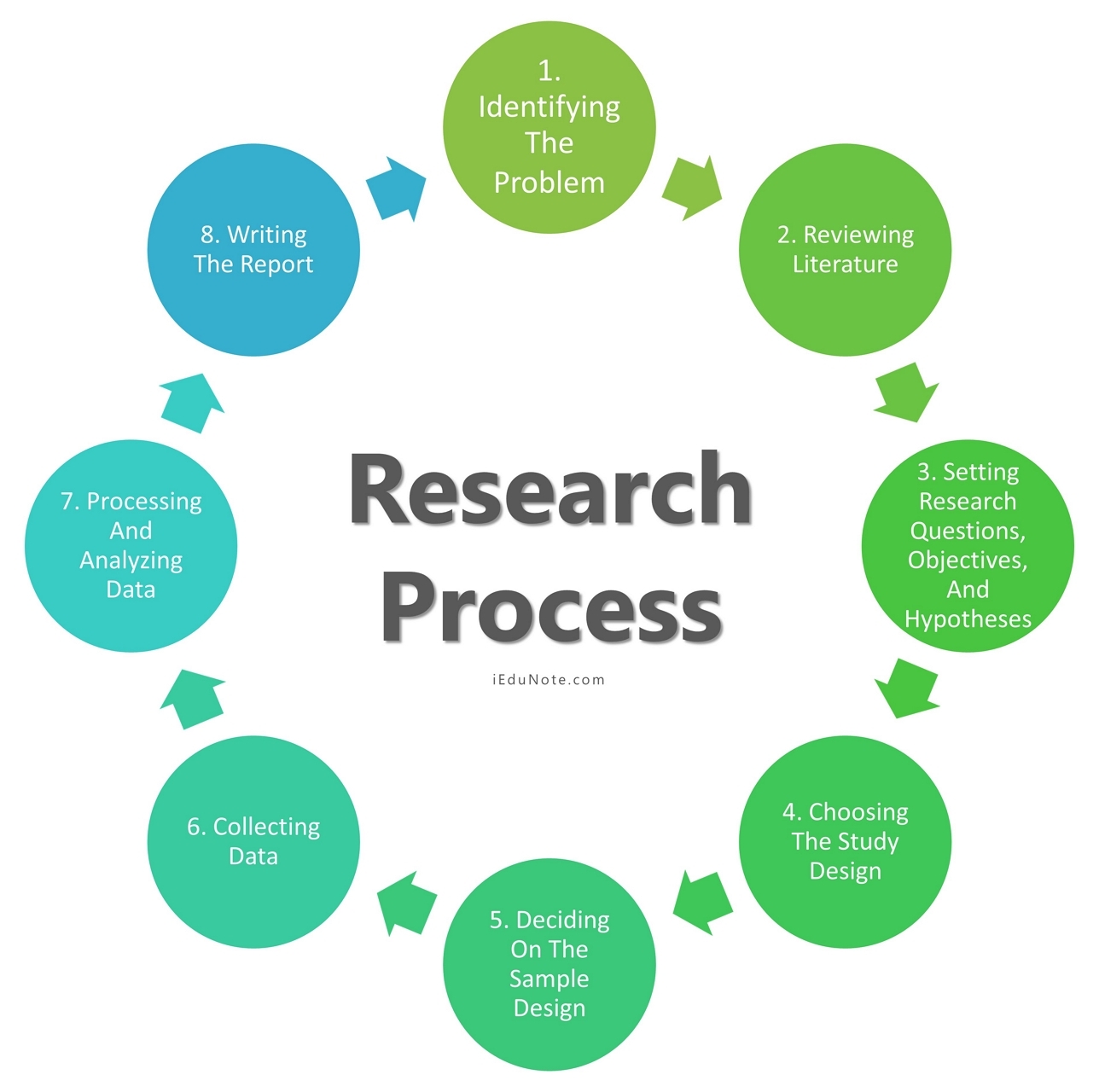
- Teacher: Gbolahan OLANIYAN
AMS 808: Soil and Water Conservation (3 Units)
Soil-water-plant relationship and application in agricultural engineering projects. Principles of soil conservation. Classes, types and forms of soil erosion. Classification, processes, factors, analysis and measurements of water erosion and wind erosion. Erosion control measures. Soil conservation measures for sustainable agriculture. Sediment movement in channels. Hydraulics of control structures. Pier and abutment effects. Bunds and terraces design and establishment.
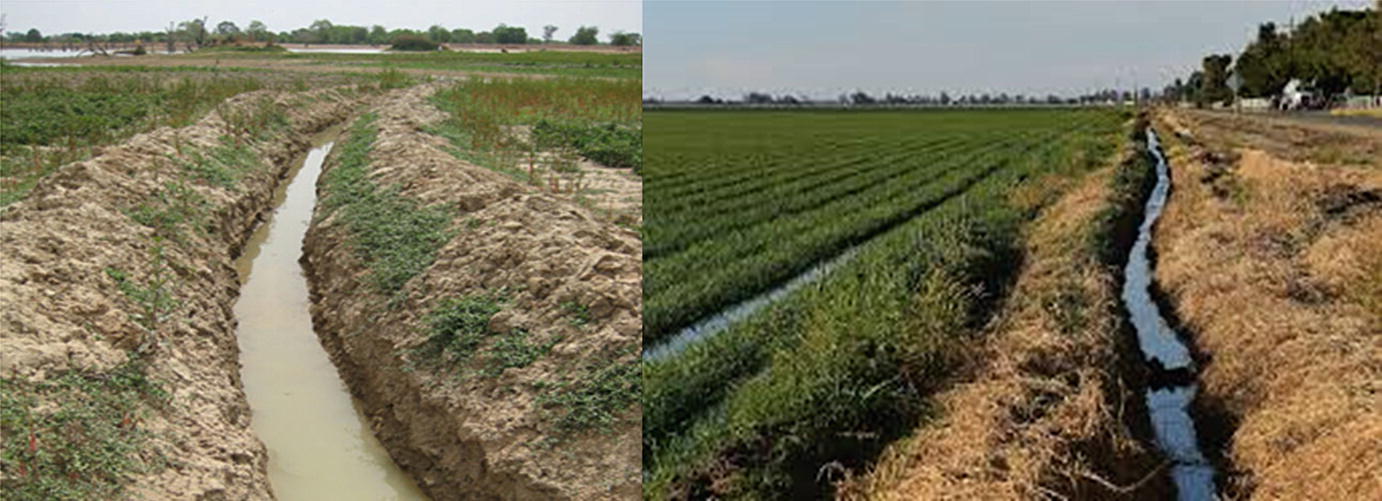
- Teacher: Gbolahan OLANIYAN
AMS 806: Design of Environmetal Control structures (3 Units)
Farmstead planning and layout. Advanced integrated study of farm housing – family housing, livestock housing, farm products and food storage structures. Environmental control and structural requirements of crops and livestock. Design of structural members of wood, steel, plain and reinforced concrete and local materials. Design of farm structures, columns, beams, nailed and local bolted connections of timbers. Environmental requirements for man, plants, and animals and their control. Advanced design of environmental systems for plants and animal production. Ventilation and refrigeration. Solar heat load. Humidity control in greenhouses. Insulation and ventilation for environmental control.
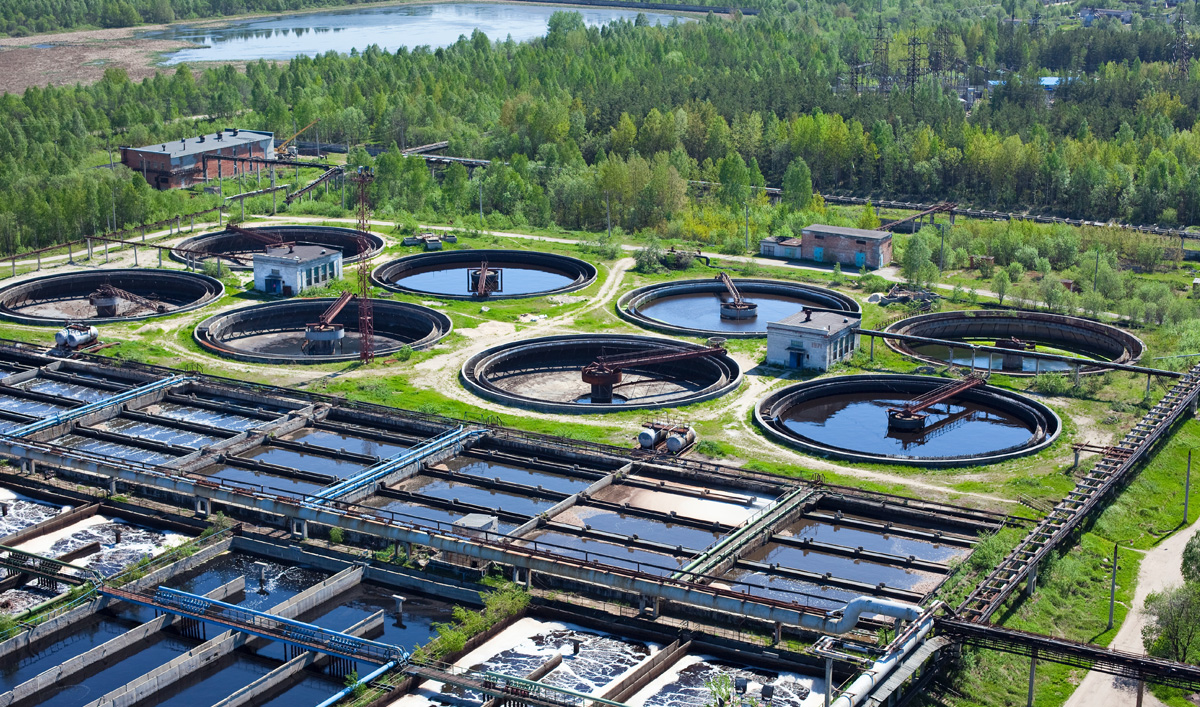
- Teacher: Gbolahan OLANIYAN
AMS 802: Bio-fuel and Environment (3 Units)
Types/ classification of bio-fuel by state/ phase (solid or liquid); origin (animal or crop); etc. Sources of bio-fuel: wood/ forest materials, oil crop, cassava, sugar cane, animal waste, etc. Oil seed classifications. Bio gas production from animal waste. Production of briquettes from crop residues and solid agro-wastes. Thermodynamic properties of bio-fuels. Pollution characteristics and green house gas (GHG) emissions from bio-fuels. Handling wastes and pollution associated with bio-fuel utilization. Special case study on environmental impacts on bio-fuel utilization on selected West African countries.
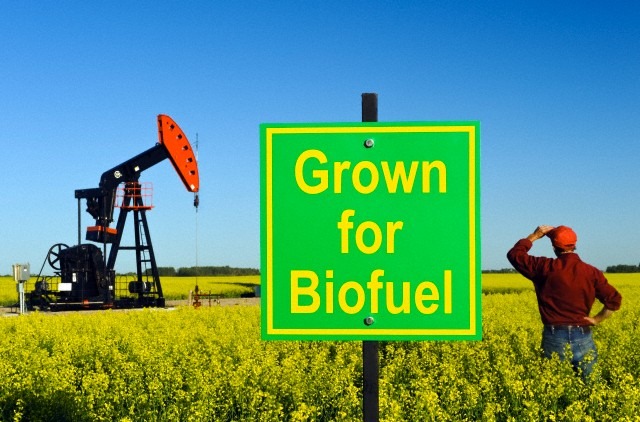
- Teacher: Gbolahan OLANIYAN
Review of soil tillage operations and conventional tillage equipment. Interactions between soil tillage and environment. Soil degradation, environmental pollution and greenhouse gases (GHGs) emissions associated with land clearing, deforestation and farm operations (in crop and animal farms). Farm machinery for environmental conservation in land clearing, chemical application. Timeliness of agricultural operations. Technological aspects contributing sustainable development of food and agricultural sector.
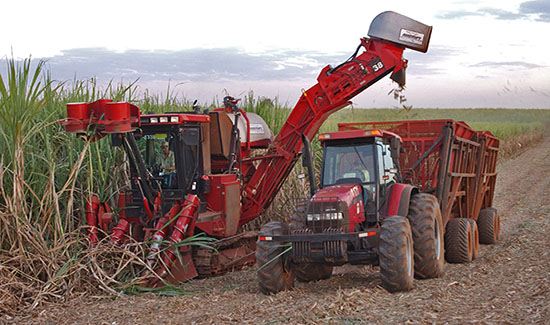
- Teacher: Gbolahan OLANIYAN
Landscapes and water sheds in West Africa. Review of fluid dynamics. Hydrology in engineering. Soil and water as essential agricultural resources. Design of drainage and erosion control hydraulics structures for towns and cities. Flood prevention. Flood disaster management. Waterway engineering. Reclamation of waste agricultural soils. Soil-machinery interactions. Case studies on the impact of dams on selected cities and nations in West Africa. Hydrologic synthesis and simulation.
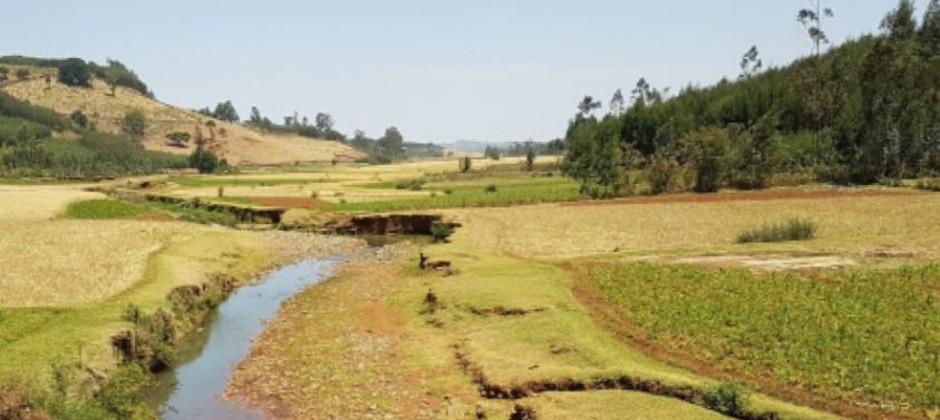
- Teacher: Gbolahan OLANIYAN
Activities in agro-food process operations. Nature of waste generated in agro-food process operations. Solid, liquid and gaseous wastes generated by agro-food process industries involved in fruit, vegetable, juice, crop, beverage, meat, dairy production/ products. Waste from food packaging and material handling. Particulate wastes from flour mills. Green house gases (GHGs) emissions from agro-food processing plants. Waste quality parameters and quantification. Collection and handling of agro-food process wastes. Waste management techniques. Waste to wealth approach in handling agro-food process wastes. Biotechnology applications in food waste handling and management.
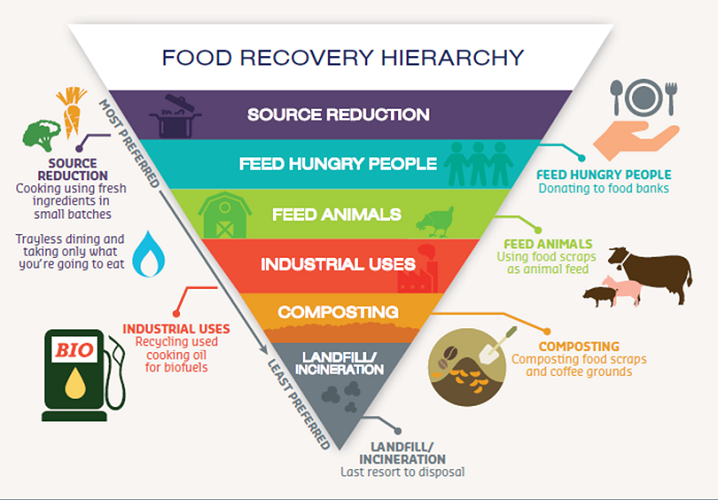
- Teacher: Gbolahan OLANIYAN
Waste water classification. Sewage and sewerage conditions. Methods of waste water detoxification and disposal. Well development. Water treatment. Potable water production. Drainage and waste water treatment. Nature of wastes, Impact on environment Waste and wastewater analysis Engineering analysis and design of systems for the collection, storage, treatment, transport, and utilization of disposable organic wastes and wastewaters. Field trips to operating systems and laboratory evaluation of materials and processes. Gaseous waste treatment. Waste recycling. Organic agriculture and its interactions with solid waste handling.

- Teacher: Gbolahan OLANIYAN
Solar radiation principles and processes. Solar heating and cooling, Heat transfer, solar energy conversion efficiency. Principles of solar collectors. Solar heat storage and storage systems for tropical crops, crop drying, pumping. Heating and cooling. Solar devices.Utilization of renewable energy. Rural electrification. Greenhouse heating. Energy for agricultural operations.
- Teacher: Gbolahan OLANIYAN
Subsistent agriculture and its implications. Mechanized agriculture: its entirety and practices. Upgrading subsistent agriculture into a business. Concept and practices in Agri-business. Entrepreneurship in agriculture. Accounting principles and procedures in agriculture: Record keeping; preparation account statements and balance sheet, etc. Banking principles and banking systems. Interactions with financial organization. Preparation of feasibility studies. Organizational studies and organization goals. Theories of motivation. Principle of team work in organizations. Sustainable mechanization for market oriented farming.
- Teacher: Gbolahan OLANIYAN
Concepts of precision farming. Farming types, including traditional, organic and mechanized farming methods. Appropriate technology. Soil attributes and crop yield parameters: Soil moisture, crop phrenology, growth, evapotranspiration, nutrient deficiency, crop disease, and weed and insect infestation, etc. Spatial variability of soil fertility and crop conditions. Impact of environment on field crop and soil properties and fertility. Benefits and limitations of precision farming. Site Specific Crop Management (SSCM). The technological tools for precision farming: Global Positioning Systems (GPS), Geographical Information Systems (GIS), yield monitor, variable rate technology, and remote sensing. Applications of GPS and GIS for farm management. Adaptation and implementation of precision farming.
Concept and philosophy of conservation agriculture. Green house effects in agricultural practices. Conservation agriculture practices to soil conservation and water use efficiency. Tools, machines and machineries for conservation agriculture.
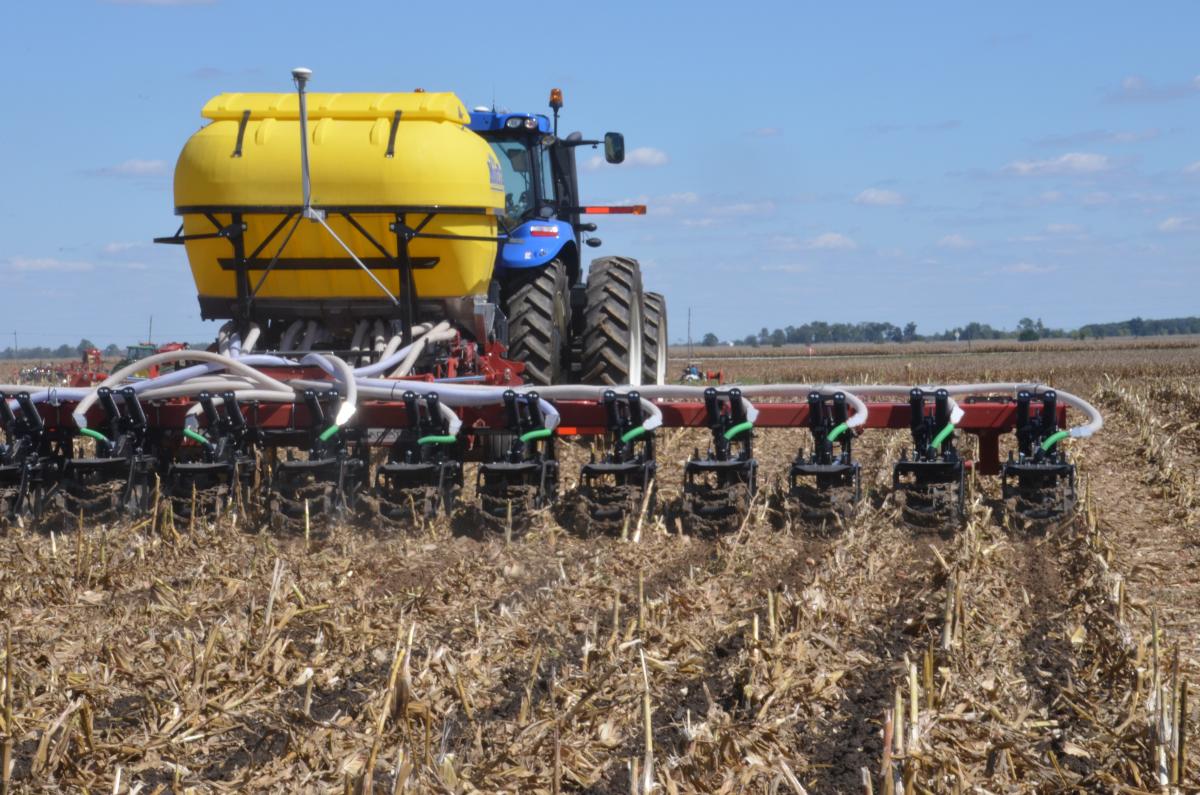
- Teacher: Gbolahan OLANIYAN
Agricultural activities and anthropogenicHYPERLINK "http://en.wikipedia.org/wiki/Human_impact_on_the_environment"global warming. Concept of carbon credits. Global energy balance and climate change. Green house gases (GHG) such as CO2, Methane, Chlorofluorocarbons (CFC's), and Nitrous Oxide associated with crop farming, monoculture, agrochemical, animal husbandry, burning of fossil fuel, deforestation, agricultural wastes, etc. Multi-disciplinary approach of mitigating the effects of Climate Change: Policy, Legal and Economic Approach; Technical Approach; Research Approach; etc. Measurement and quantification of GHGs. Technology for carbon mitigating green house gas effects: Carbon Capture and Sequestration (CSS). Agricultural Mechanization practices for mitigating the effects of climate change. Economics of Agricultural mechanization for sustainability.
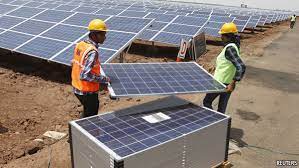
- Teacher: Gbolahan OLANIYAN
Identification of different types of farm implements including land clearing and tillage implements, such as ranks, mowers, slashers, ploughs, harrows, tillers, planters, fertilizer applicators, seed drills, sprayer, trailer etc, . Identification of different makes/ brands and power ratings of tractors and farm implements, including John Deer, Massey Fergusson, Styr, Fiat, Ford, Holland, Eicher, Davidson, etc. Maintenance and repairs of farm. Tractor maintenance. Tractor hydraulic system. 1 & 3 – hinges couplings. Tractor PTO system. Tractor breaking system. Coupling of implements to tractor. Tractor driving and operation tractor with implements on the field. Students are expected to undergo tractor operator’s test and obtain tractor operator’s license at the end of the course.
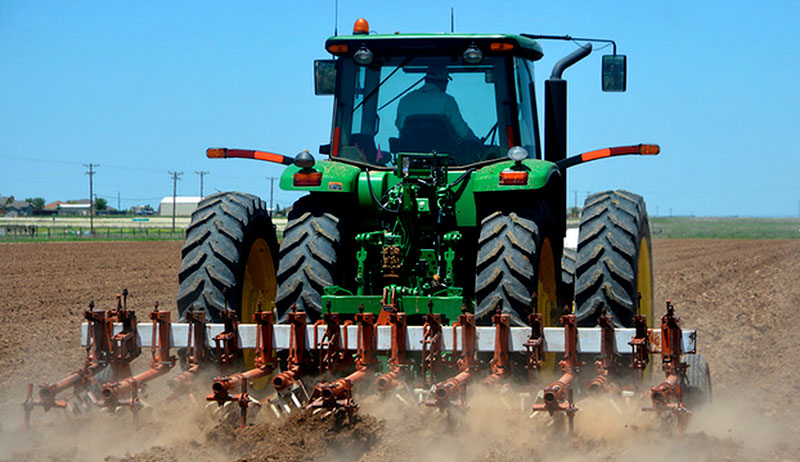
- Lecturer: Prof. Olukayode Akinyemi

